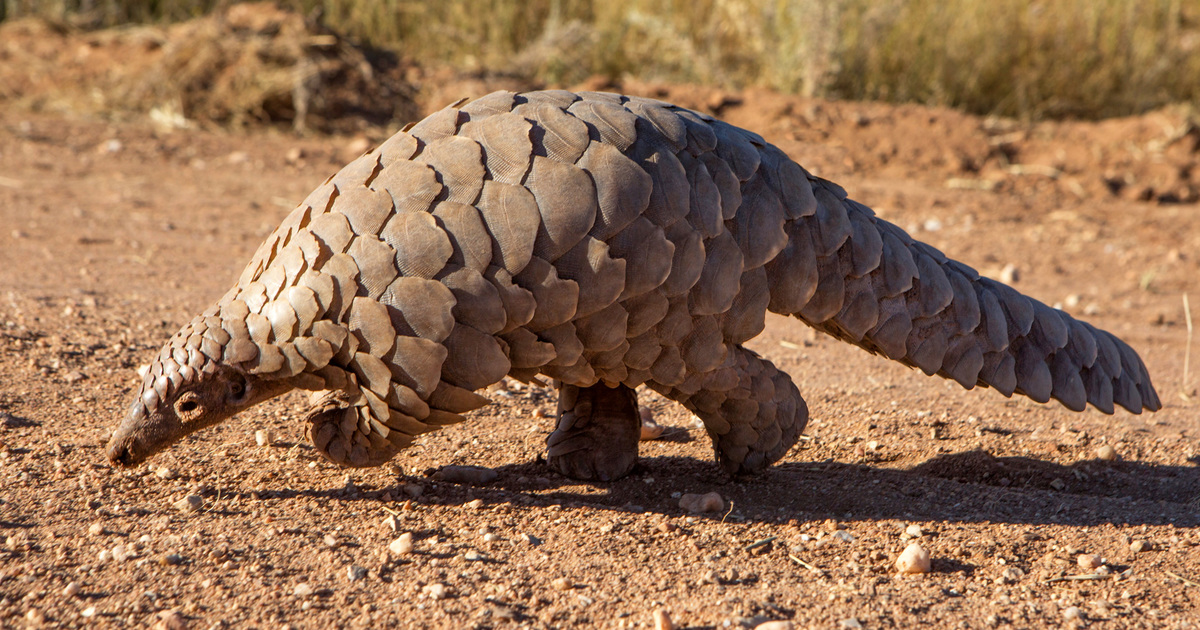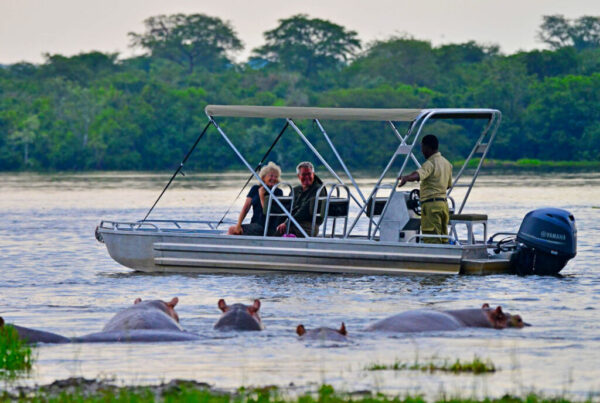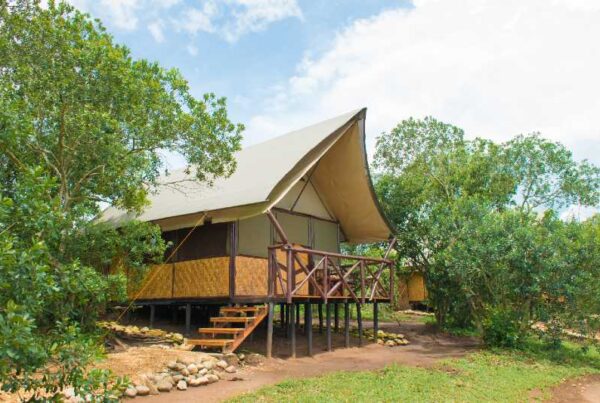The Most Endangered Animals in Africa
A Continent’s Cry for Survival and Conservation of the Most Endangered Animals in Africa
Africa’s Wild Beauty Is Under Threat
Africa, a land of epic landscapes, ancient rhythms, and timeless wonders, is home to some of the most iconic wildlife on the planet. From the roaring lion of the savannah to the elusive leopard of the bush, the continent’s biodiversity is the very heartbeat of its heritage. Yet behind the scenes of this natural magnificence lies a sobering reality: many of Africa’s greatest creatures are on the brink of vanishing. Endangered species across the continent are battling threats that could push them into extinction unless urgent action is taken.
Whether driven by habitat destruction, climate change, poaching, human-wildlife conflict, or illegal wildlife trade, the survival of these extraordinary animals is under siege. They are not just statistics or headlines—they are living beings that play crucial roles in maintaining ecological balance, supporting tourism economies, and preserving Africa’s cultural soul.
This article delves deep into Africa’s most endangered animals, not just to name them, but to understand the complex web of challenges they face and the collective effort required to safeguard their future. These stories are not merely about animals—they are about a shared planet, a global responsibility, and a call to act before the silence replaces the roar, the trumpet, or the rumble.
Most Endangered Animals in Africa #Most Endangered Animals in Africa Most Endangered Animals in Africa
Northern White Rhinoceros – A Species Hanging by a Thread
The tale of the northern white rhinoceros is one of the most tragic and urgent symbols of extinction in real-time. Once roaming across several East and Central African nations, this subspecies has now been reduced to just two surviving individuals, both females, living under constant armed guard in Kenya. The species is functionally extinct, as no known males remain alive.
The decline of the northern white rhino was fueled by rampant poaching driven by the demand for rhino horn, which is falsely believed to possess medicinal properties. Conservationists are now in a race against time, employing groundbreaking scientific methods like in vitro fertilization and stem cell research in an attempt to bring the species back from the brink. But beyond the headlines, the fate of this majestic creature reflects the heavy cost of unchecked greed and the urgency of preserving the genetic diversity of our natural world.
African Forest Elephant – The Silent Victim of Ivory Greed
Smaller and more elusive than its savannah counterpart, the African forest elephant inhabits the dense rainforests of Central and West Africa. Though often overshadowed in the media, this species has suffered catastrophic population declines in recent decades due to ivory poaching and habitat loss, with some estimates indicating a loss of over 60% in less than 30 years.
Forest elephants play a vital role in shaping their ecosystems, dispersing seeds and maintaining forest health. Their disappearance would not only disrupt local biodiversity but also contribute to climate change, as intact rainforests are critical carbon sinks. The battle to save the forest elephant is also a fight for the survival of entire ecosystems.
Pangolin – The World’s Most Trafficked Mammal
Despite its shy, unassuming nature, the pangolin has gained the unfortunate title of being the world’s most trafficked mammal. Covered in tough, overlapping scales, this nocturnal creature is hunted relentlessly for its meat, considered a delicacy in parts of Asia, and its scales, wrongly believed to have medicinal value.
Africa is home to four pangolin species, all of which are under increasing pressure from poaching and illegal trade. Often overlooked in conservation efforts due to their secretive habits and low-profile existence, pangolins are now the focus of intensified international protection measures. Their story serves as a powerful reminder that even the smallest, quietest animals need loud voices to defend them.
Ethiopian Wolf – The World’s Rarest Canid
The Ethiopian wolf is not just rare—it is the rarest canid in the world, with fewer than 500 individuals surviving in the wild. Confined to the high-altitude regions of Ethiopia’s Bale and Simien Mountains, this strikingly beautiful carnivore is often mistaken for a fox but is genetically closer to the grey wolf and coyote.
Threatened by habitat fragmentation, disease from domestic dogs, and climate change affecting its alpine ecosystem, the Ethiopian wolf is on a narrow precipice of extinction. Conservationists are working tirelessly to protect its remaining habitats, engage local communities in dog vaccination campaigns, and raise awareness about the critical role this predator plays in its fragile ecosystem.
Mountain Gorilla – A Conservation Success Still on the Edge
The story of the mountain gorilla offers a beacon of hope, though its survival remains far from secure. Once believed to be doomed to extinction, this subspecies of the eastern gorilla has made a remarkable recovery thanks to dedicated conservation efforts in the Virunga Mountains of Rwanda, Uganda, and the Democratic Republic of Congo.
Today, the population has grown to just over 1,000 individuals, a significant increase in recent decades. However, their future is still threatened by habitat encroachment, disease, and political instability in the region. Tourism has played a vital role in their protection, providing revenue and incentive for communities to preserve their natural heritage. The mountain gorilla proves that with collaboration, education, and sustainable ecotourism, endangered species can bounce back from the brink.
African Wild Dog – The Painted Hunter Fighting for Space
Also known as the painted wolf, the African wild dog is one of the most efficient and intelligent hunters on the continent. Yet despite its prowess, it is among Africa’s most endangered carnivores, with only around 6,000 individuals remaining across fragmented ranges.
African wild dogs face multiple threats including human-wildlife conflict, road accidents, habitat fragmentation, and disease. They require vast territories to thrive, making their conservation especially challenging in an increasingly populated and developed continent. Protecting them means protecting large swaths of wilderness, securing corridors, and promoting coexistence between wildlife and human communities.
Black Rhinoceros – A Species Scarred by Demand
The black rhino, once widespread across sub-Saharan Africa, has been devastated by decades of poaching driven by demand for its horn. Although the species has shown signs of recovery through robust conservation efforts, it remains critically endangered, with a population of around 5,000.
Black rhinos are browsers rather than grazers, playing a unique role in shaping vegetation and supporting other species. Their survival depends not only on anti-poaching patrols and breeding programs but also on shifting the global narrative around rhino horn. The black rhino is not just an icon—it’s a symbol of nature’s resilience under siege.
Hirola – The Forgotten Antelope of the Horn of Africa
The hirola, also known as Hunter’s hartebeest, is one of the least known yet most endangered antelope species in Africa. Found in a small region along the Kenya-Somalia border, its numbers have dwindled to less than 500 in the wild. It is the only surviving member of its genus, meaning its extinction would result in the loss of an entire evolutionary lineage.
Habitat degradation, poaching, and competition with livestock have driven the hirola to the edge. Conservation groups are now working to establish fenced sanctuaries, support community-based protection, and increase public awareness of this often-overlooked species.
The Urgency of Protection and the Power of Awareness
Africa’s endangered animals are not merely tourist attractions or conservation projects—they are the living legacy of a continent that holds the oldest stories of life on Earth. Their survival is a measure of humanity’s will to coexist with the wild, and their extinction would echo as a global failure.
Preserving these animals requires a combination of political will, scientific research, community involvement, and global awareness. It means choosing eco-conscious travel, supporting ethical tourism, and contributing to conservation organizations. It means telling their stories, not just to mourn their decline but to inspire action and hope.
Travel With Purpose: Explore and Protect Africa with WildHorn Africa
To truly understand the challenges these endangered animals face, you must walk the lands they roam. You must feel the stillness of the forest when a gorilla family stirs, hear the call of an elephant beneath an open sky, or witness the delicate steps of a rare antelope in its natural terrain.
At WildHorn Africa, we don’t just offer safaris—we offer deeply immersive, conservation-centered travel experiences that empower you to connect with Africa’s wild places responsibly. Our expert-led journeys take you to the heart of endangered species territory, always with the highest standards of sustainability, safety, and cultural respect.
Whether you’re tracking rhinos in the bushveld, observing wild dogs on the hunt, or supporting local communities committed to protecting wildlife, your journey with WildHorn Africa becomes part of something bigger. It becomes a promise to protect, a step toward awareness, and a celebration of the irreplaceable wonders of African nature.
Choose WildHorn Africa. Travel deeper. Help protect the wild. Before it disappears.
Most Endangered Animals in Africa #Most Endangered Animals in Africa Most Endangered Animals in Africa





 WildHorn Africa – Authentic and unforgettable tours across Africa, guided by local experts who know the land, wildlife, and culture best.
WildHorn Africa – Authentic and unforgettable tours across Africa, guided by local experts who know the land, wildlife, and culture best.


